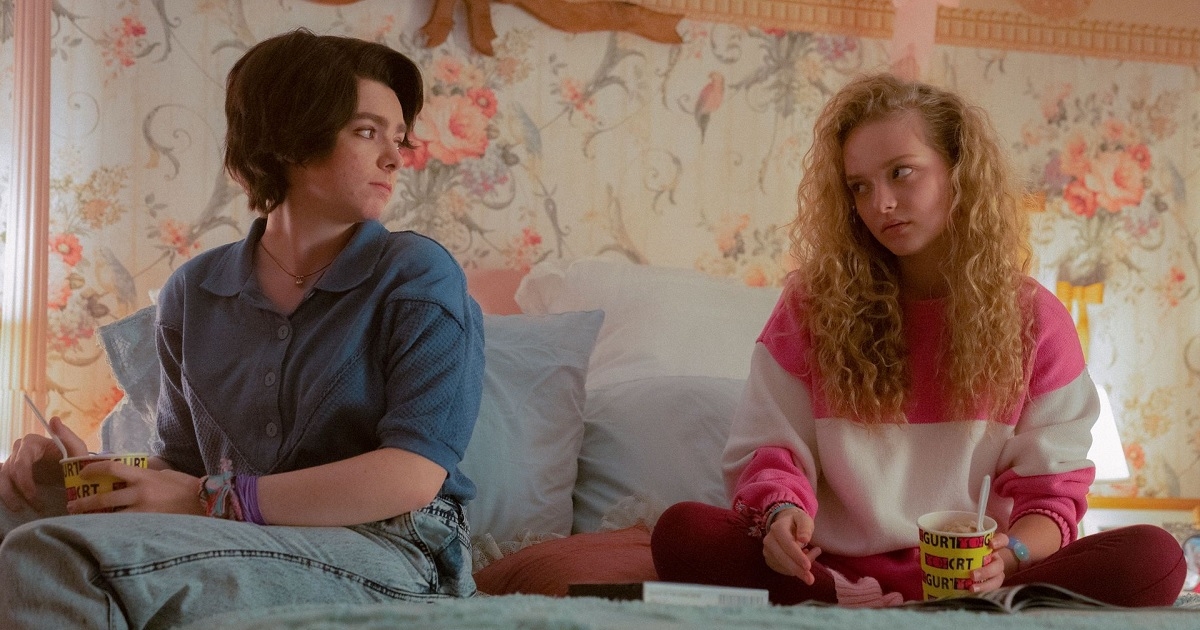The “Art Meets History: Technologies of the Spirit” exhibition challenges the idea of a unique history of New Mexico.
Open to 516 ARTS, the exhibition marks a second iteration of the show that opened with “Many Worlds Are Born,” showcasing this constellation of community and history expressed through art.
Many of us think that technology is limited to cell phones, algorithms, and computers. The show argues that technology can be something as simple as ritual or self-care.
“It’s similar to the last show,” said co-curator Alicia Inez Guzmán, “looking at the many stories of New Mexico and combining them side by side.”
Artist Josh T. Franco, art historian and archivist at the Smithsonian Institution, focused on Georgia O’Keeffe’s legacy, even recording a lecture given at the Santa Fe Museum. He had already explored the legacy of artist Donald Judd in southwest Texas. He also referred to O’Keeffe’s 1962 black-and-white photograph of Ralph Looney holding a stone.
His piece “On Art History (for Georgia O’Keeffe)” depicts a cloud from the artist’s famous 1960s series using acrylic slides, watercolors and projectors.
Franco recorded a talk by Georgia O’Keeffe Museum director Cody Hartley, saying some area residents opposed the term “O’Keeffe Country.”
“He said some people don’t like it and the audience responds with an awkward laugh,” Guzmán said.
The facility includes Franco’s clothes and one of O’Keeffe’s costumes.
Marcus Zuniga created a “chuparosa” (hummingbird) from light and mirrors. The artist has a keen interest in cosmology.
The original installation in Mimbres pays homage to his great-grandmother.
“She died at noon,” he said in a telephone interview from Pasadena, California. “We installed her at the place of her birth, at the time of her death to think of her life as a contribution to the cultural landscape of New Mexico.”
“Superpredator”, Karsten Creightney (Albuquerque), 2022, collage, screen printing, watercolor, acrylic, oil and wax on canvas, 65.5×79.5 inches. (Courtesy of 516 ARTS)
“The Hand,” Laurie O’Brien (San Francisco / Brooklyn), collage animation photographs. (Courtesy of 516 ARTS)
Royalty for “Hólo´-it xistz and… Son, yáázh, mijo…”, Eric-Paul Riege (Diné / Navajo, Gallup), 2019, mixed media and fiber. Used in performances at ICA Miami and Sanitary Tortilla Factory. (Courtesy of Silvia Rios)
Hexagon-shaped mirrors and video projections are reflected and layered in a model of the cosmos. Hexagons could form the apparatus of space telescopes.
“Hexagons are one of the most efficient geometries for measuring space,” Zuniga said, explaining that the James Webb Space Telescope presents this shape for measuring infrared astronomy.
“I was doing all this genealogy research,” he said. “I have this lineage, like a lot of people in rural New Mexico, that goes back 100 years.”
He traced his family to the Hispanics who fled Santa Fe after the peoples’ revolt of 1680. His parents were teachers.
He also wanted to pay tribute to his grandmother and her legacy.
“I called it the‘ chuparosa ’project,” he said. “He has the wonderful ability for hummingbirds to fly around his face in the morning.”
Zuniga moved to California four years ago to attend graduate school at ArtCenter College of Design in Pasadena.
“I like it here because it’s close to Cal Tech and the Jet Propulsion Lab,” he said.
To develop the projects, many of the artists researched the photographic archives of the Albuquerque Museum and participated in the educational program of 516 Artist Lab: Art Meets History in New Mexico. Curated by Ric Kasini Kadour i Guzmán, a series of conversations and public activities accompanies the exhibition.
Home »Entertainment» Arts »The 516 ARTS exhibition explores the definitions of technology



